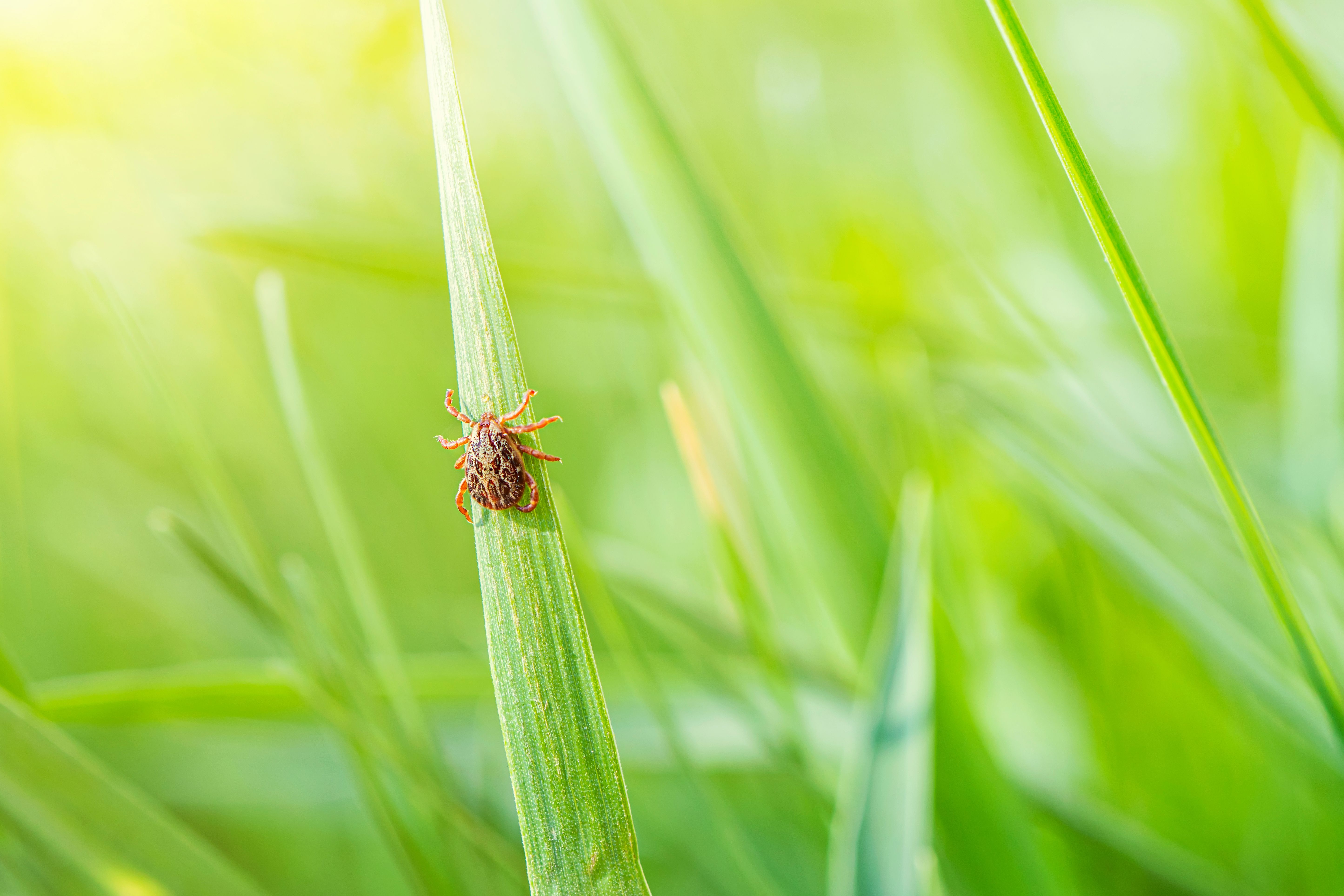Asian longhorned tick found on dog in Kansas
This is the first known occurrence of the Asian longhorned tick in the state.
The Kansas Department of Agriculture and the Kansas Department of Health and Environment (KDHE) announced the first known occurrence of Haemaphysalis longicornis, also known as the Asian longhorned tick (ALHT), in Kansas. According to the release, the KDHE identified the tick after it was found on a canine last week in Franklin County.1
“We have been monitoring the spread of the Asian longhorned tick, especially since it was confirmed in neighboring states,” Justin Smith, DVM, Kansas animal health commissioner, said in the release.1 “Now that it has been identified in Kansas, we have been in contact with accredited veterinarians across the state to remind them to be alert for this tick and to ensure they understand the risks.”

Last year, the KDHE piloted a program that created a passive surveillance network for ticks through veterinary clinics in the state, where participating clinics submit tick samples from animals in their care to the department for identification. The program has been a success for the state by providing information on where various ticks are found in Kansas, and it has proved to be useful in undersurveyed areas of the state. It was through this program that the ALHT was identified during a routine sample submitted and was then confirmed by the US Department of Agriculture.
In 2019, Virginia found an ALHT was infected with Bourbon virus and another with ehrlichiosis, both of which occur in Kansas but are currently transmitted by the lone star tick.
“We’re still learning about this tick and the ecologic[al] role that it currently plays and may play in the future in terms of disease transmission to humans,” said Erin Petro, DVM, a state public health veterinarian for the KDHE.1 “[Although] the human health implications are uncertain, this tick has serious implications for animal health.”
ALHT history
The ALHT was first discovered in New Jersey in 2017 and has spread westward across the US, now identified in 21 states. It is currently unknown how and when it arrived in the US, but it could have entered the country on domestic pets, livestock, horses, or people. The ALHT is native to East Asia but was introduced to Australia, New Zealand, and the western Pacific Islands.
The ALHT is an exotic and invasive species that can reproduce without the need for a male tick, and it can impact the health of both animals and humans. This species can create extreme infestations in animals, which can lead to anemia or even exsanguination. Beyond the physical threat it holds, it also transmits Theileria orientalis Ikeda strain, a cattle parasite that causes bovine theileriosis.
The impact this tick has on US agriculture and environment is currently being studied, but its impact has been documented in other parts of the world. They are known to carry pathogens that can cause diseases and distress to the host, particularly when feeding in large numbers, such as dairy cows, which may experience a 25% decrease in milk production after becoming infected.2
The following precautions can be taken to reduce the risk of disease1:
- Be aware of where ticks are found and use preventive measures when in grassy, brushy, or wooded areas.
- Wear long pants tucked into socks and shirts tucked into pants to dress preventively.
- Use permethrin to treat clothing and equipment.
- Use an Environmental Protection Agency–approved repellent when in a tick habitat or enjoying the outdoors.
- Perform a thorough tick check after coming inside, and be sure to focus on under the arms, in and around the ears, inside the belly button, behind the knees, around the waistband, and in and around the hair.
- Check pets for ticks, especially around the tail, under the front legs, between the back legs, between the toes, in and around the ears, around the eyes, and under the collar.
- Shower soon after going inside after being in a tick habitat or participating in an outdoor activity to remove any unattached ticks and identify any attached ones.
- Remove attached ticks with a pair of fine-tipped tweezers; grip the tick near the skin and apply gentle traction straight outward until it is removed.
- Treat pets with a flea and tick preventive that is approved by veterinary professionals.
ALHTs are light brown, very small, and difficult to detect because of their size and ability to move quickly. Male ALHTs are rare, and it only takes 1 tick to create a full population in a new location. Wildlife can play a part in transporting and maintaining tick populations in new areas, so controlling them on livestock, pets, and landscaped areas can reduce the chances of infestation on wildlife and protect livestock. The Animal and Plant Health Inspection Service recommends maintaining a significant distance between lawn or pastures and wooded areas, keeping grass height low, and removing weeds and brush from bordering wooded areas. People can also use fencing to create barriers between yards or pastures and wildlife.2
References
- Asian longhorned tick identified in Kansas. News release. Kansas Department of Agriculture. October 9, 2025. Accessed October 14, 2025. https://www.agriculture.ks.gov/Home/Components/News/News/585/
- The asian longhorned tick: what you need to know. Animal and Plant Health Inspection Service. Accessed October 14, 2025. https://www.aphis.usda.gov/livestock-poultry-disease/cattle/ticks/asian-longhorned/asian-longhorned-tick-what-you-need-know